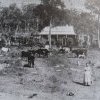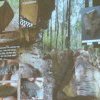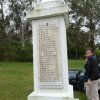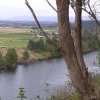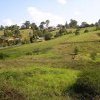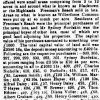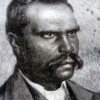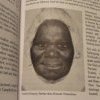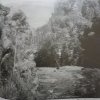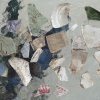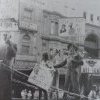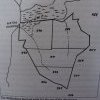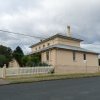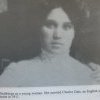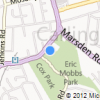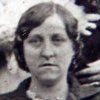1890s
1890
16 Koorie's sign a petition asking for land: “We, the native blacks about Sydney, ask you if you would be kind enough to give us a piece of land at Jervis Bay, where we can make a home for our selves and our people. We have been hunted about a good deal from one place to another, and we find it hard to get a living for ourselves and our children, but if we get a chance and some help from the government we might in time get a living. As it is we find it very hard. Drink and a hard life are killing us off. White people ought to be very good to us for they got our good country for nothing. We don’t want them to pay us for it, but they ought to help us to live. We would like our boys and girls to learn to read and write like white children and we want boats and nets for fishing, so we can get money for our work and learn to live like Christians.” Goodall, Invasion to Embassy, pp. 82-83.
78 people are listed as living at ‘Windsor’, 33 adults and 45 children (NSW Aboriginal Protection Board Report, 1889, p.6) ‘One pair of oars’ is supplied at Sackville Reach. ‘The men as a rule are employed on farms during the spring and harvest. Six children attend the Sackville Reach Public School; all the community is supplied with blankets, one per year. ‘They are not addicted to habits of intemperance. On the contrary, they are very temperate’. (p. 7)
1891
The Gully at Katoomba is becoming a place where families can sometimes escape the attention of the Aborigines Protection Board particularly if they need to get away from Plumpton, close to the old Blacktown reserve. The Gully stands at the confluence of many tracks over the mountains in different directions to the Megalong and Burragorang Valleys. These are the track off Narrow Neck through the Devil’s Hole, the track through Megalong Cleft or Nellie’s Glen near Katoomba, the track off the end of Narrow Neck over Clear Hill and a track behind the Hydro Majestic Hotel at Medlow Bath.
1892
1893
Windsor and Richmond Gazette page 5: Windsor Court hears case against Henry Barber. “Henry Barber, an Aboriginal, was called, and in reply to the Bench said that he could read and had been in Court before; he had had a good deal of experience in stripping wattle-bark: the bark sold to defendant was in good condition.”
Many men in the Sackville region are working at the Tizzana Winery. Others, including Billy Lynch, work at the newly opened shale oil mine at Nellie’s Glen, near Katoomba. Billy Lynch writes, “I don’t know, but I suppose that the time for my people to be replaced by another has come, and so all the animals, and the fruits, and birds they depended on vanished. It is not the shooting. There is not enough of that to account for it. It is just that their time has come too.”
1894
1895
1896
1897
1898
Windsor and Richmond Gazette: page 6. A report received from the police at Windsor concerning the death of the oldest Aboriginal in the Hawkesbury district, and enclosing an account of the funeral expenses which were undertaken by the Board. ‘The deceased was locally known as Jimmy Cox, and was stated to have been a full-blooded Aboriginal, and was a native of the district in which he died at the patriarchal age of 75 years. He had been in failing health for the previous twelve months, and was troubled with a difficulty in breathing. Jimmy, had been for a long time in receipt of rations from the Board.’











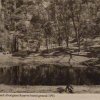
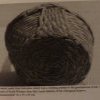
. Epraim Everingham and his wife Martha (Madha).thumbnail.JPG)
